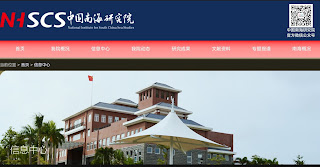Australian Financial Review Interview: China steps up regional Asian investment to counter US influence

China is investing billions of dollars in trophy development projects across Asia, including Indonesia’s new capital Nusantara, as part of its campaign for greater influence in the contested region. As Beijing’s Belt and Road Initiative (BRI) infrastructure funding program enters its second decade, the focus has shifted to East Asia. “China’s influence has been grown significantly in the region because the money’s been there,” said Christine Susanna Tjhin, director of strategic research at the Gentala Institute in Jakarta. “The whole idea of the BRI was to fill in the development gap that’s long been neglected by most Western investors, with funding for basic infrastructure that Asian nations very much need,” Ms. Tjhin said. “The United States has been very active with a narrative to counter the BRI – it started with the Build Back Better program – but many countries in this region doubt there will be any serious improvement in financial support or co-operation,” she added. Link:...

